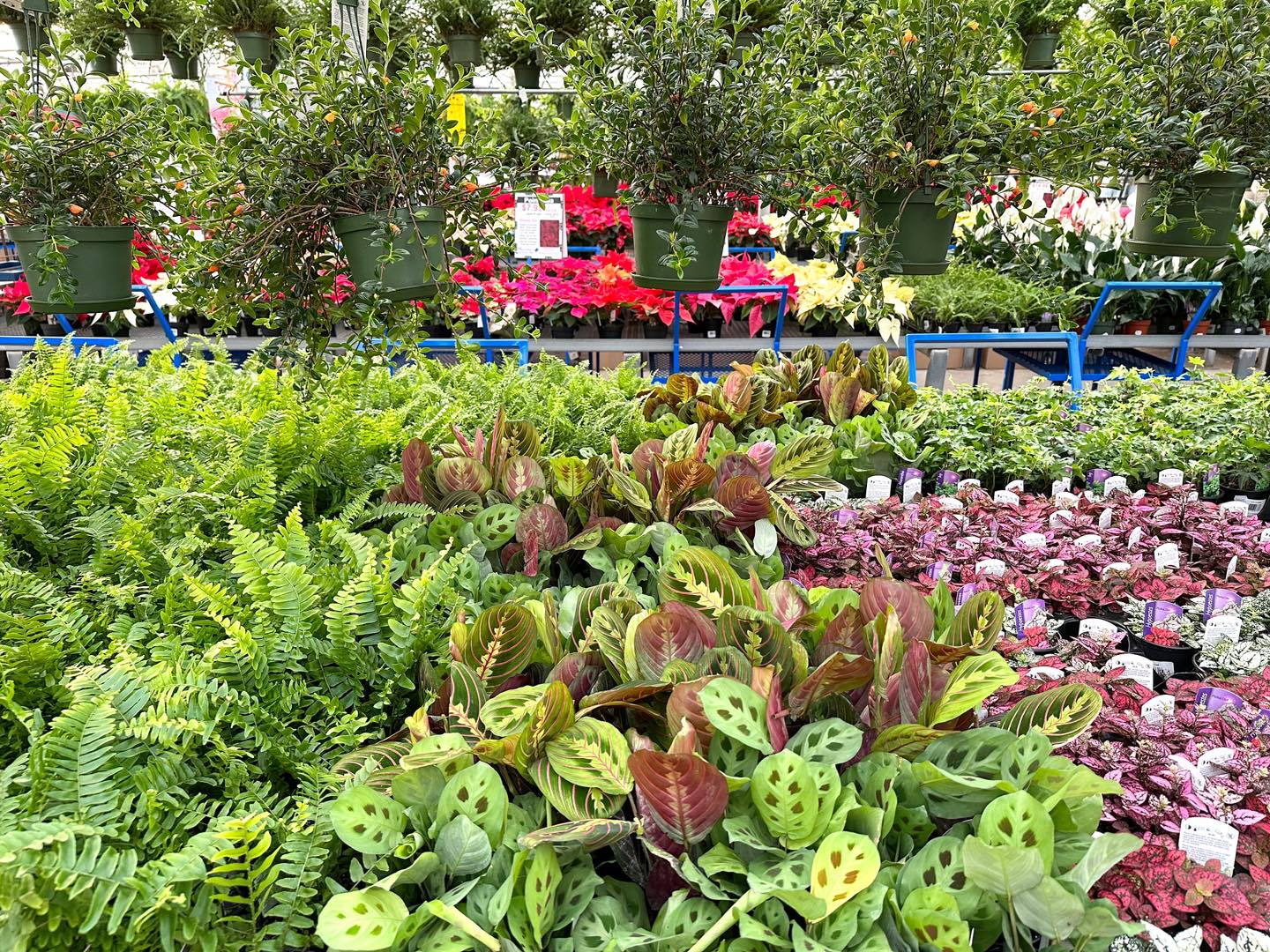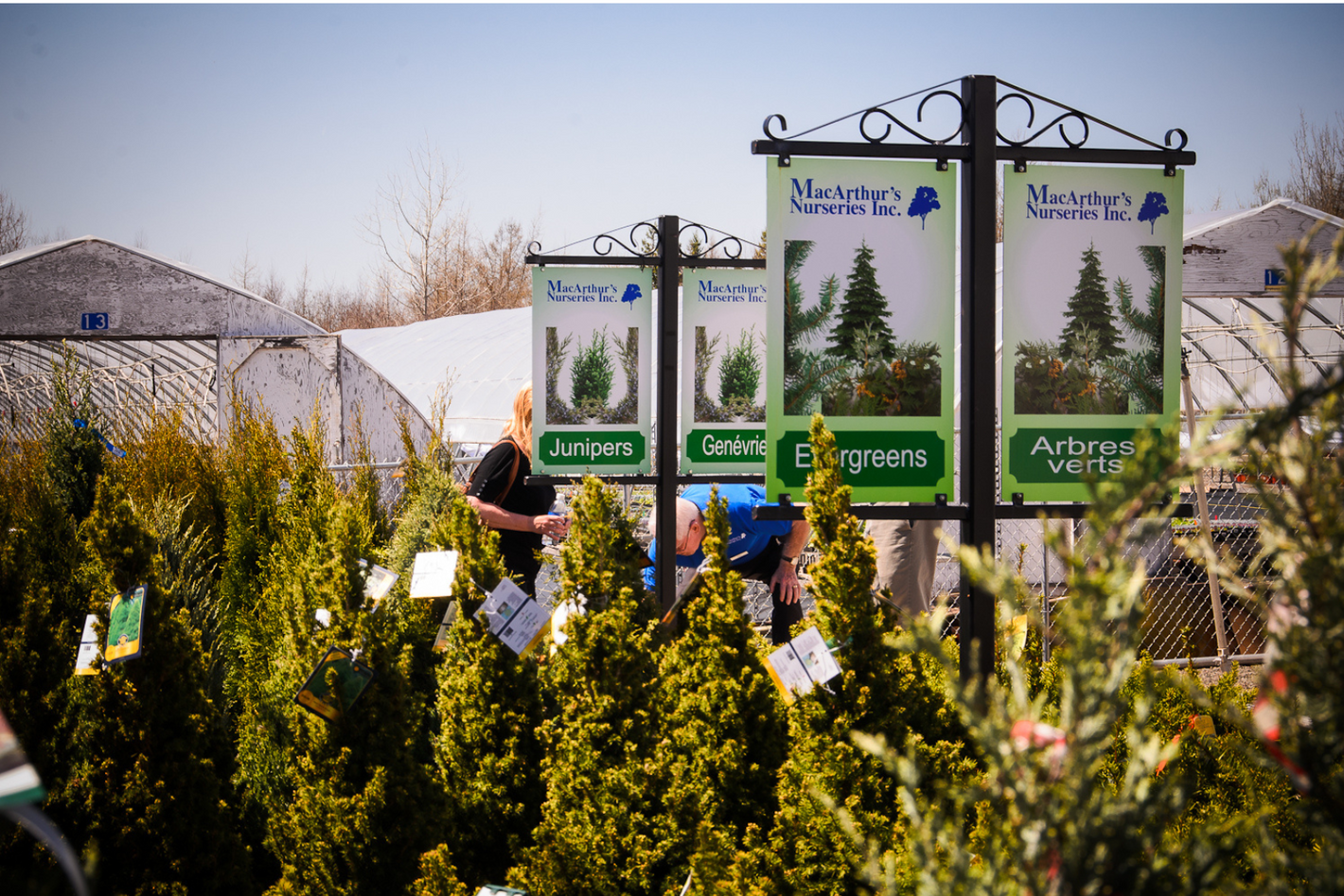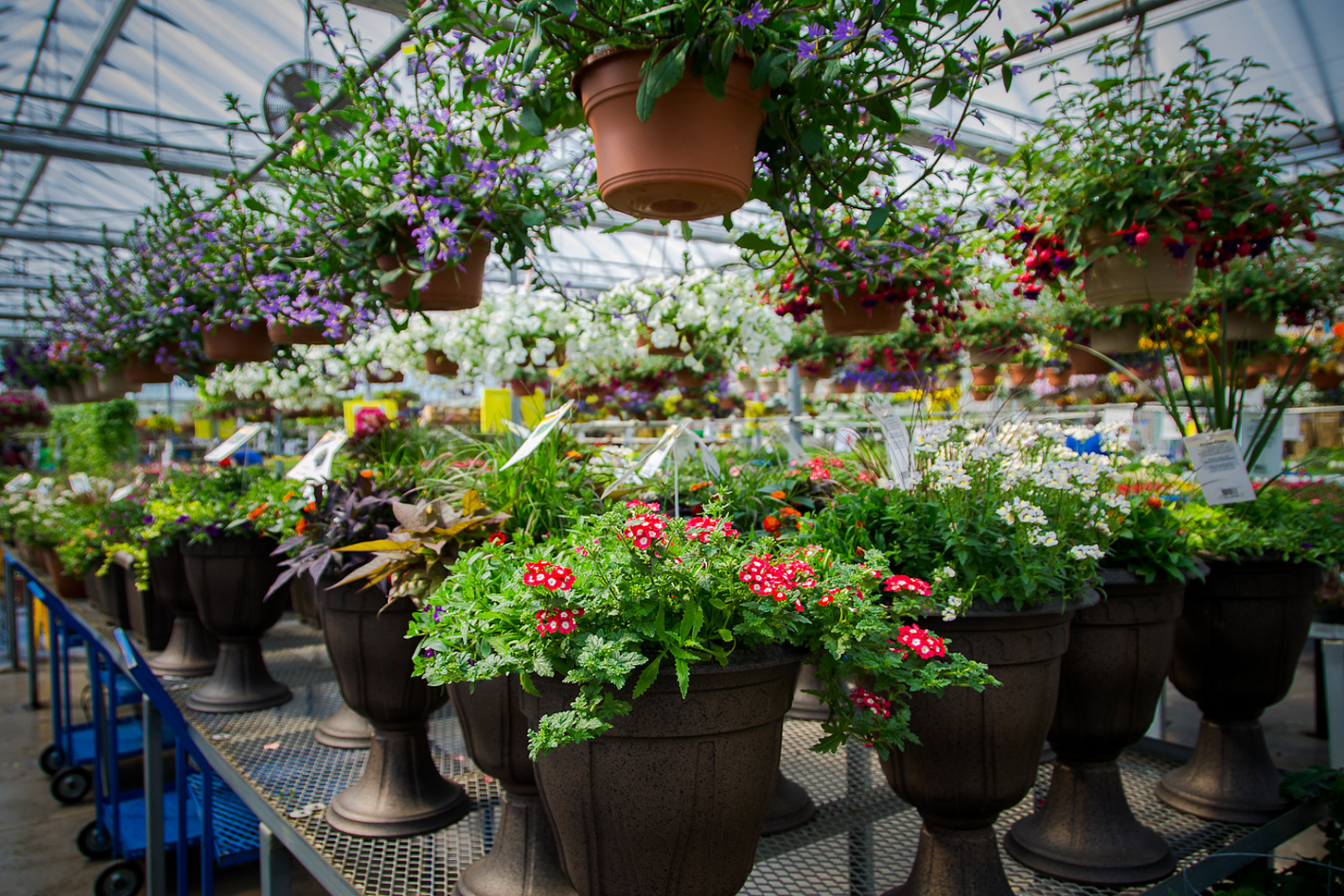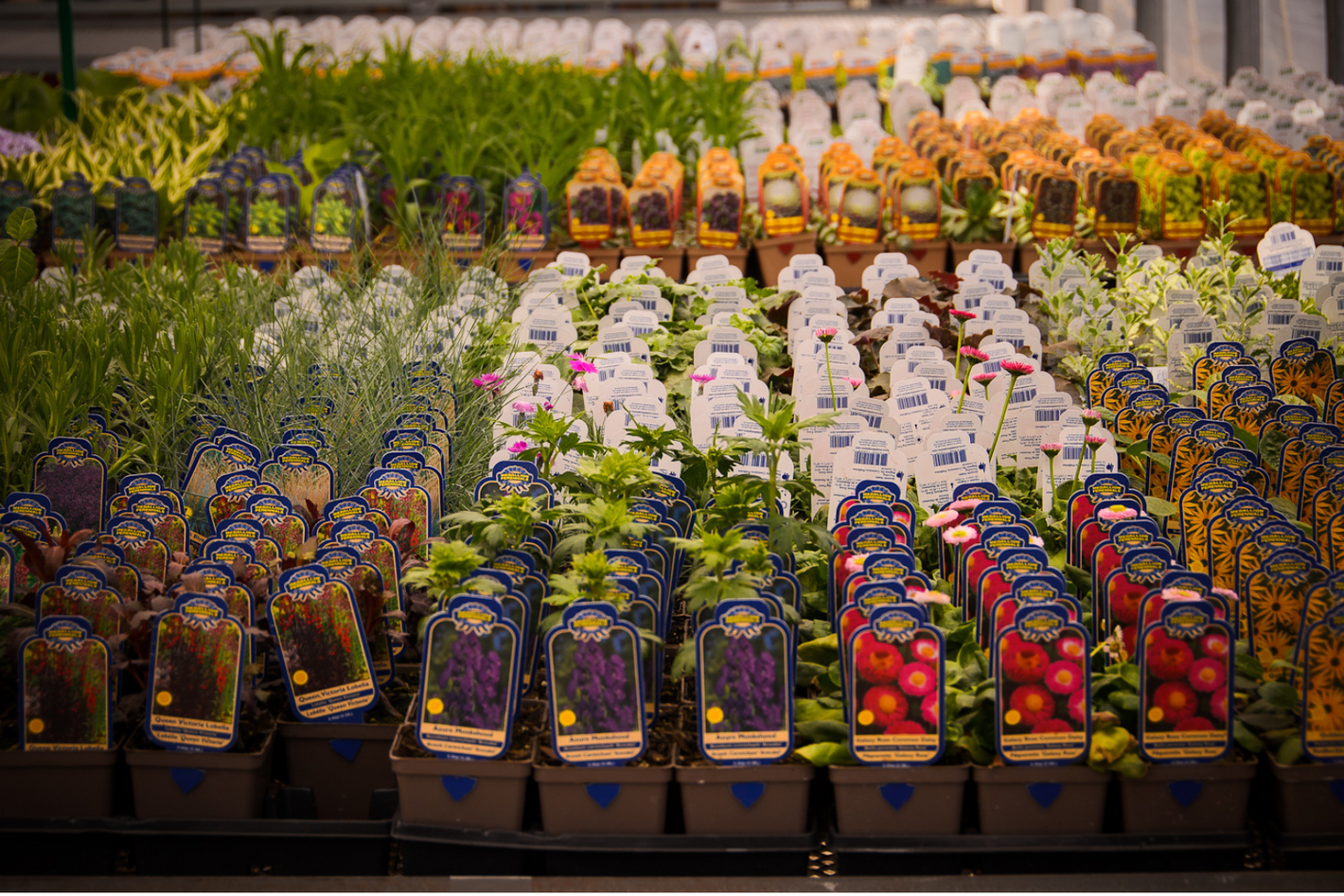Greater Moncton's Garden Centre
Seniors' Day every Wednesday- age 60+ save 10% on regular priced products.
Customer Appreciation Day every Thursday- all customers save 10% on regular priced products.


New to Gardening? Start Here
Trying to figure out if it is time to prune or fertilize? Ever wonder if you're watering enough? Here's the answers to the questions we get asked the most when it comes to gardening.



